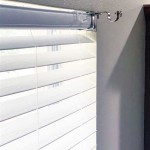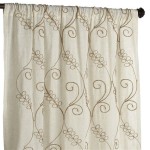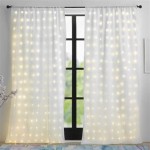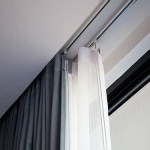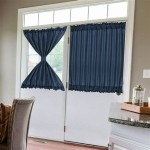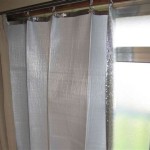How To Make Your Room Dark Without Curtains
Achieving optimal darkness in a room is often desired for various reasons, including improved sleep quality, enhanced movie-viewing experiences, and increased privacy. While curtains are a common solution, various alternative methods can effectively darken a room without them.
Window Films: A Versatile Solution
Window films offer a practical and adaptable solution for blocking light. Blackout window film, specifically designed to minimize light penetration, adheres directly to the window glass. This creates a barrier that significantly reduces incoming light while also offering increased privacy. Various types and shades of window film exist, catering to different light-blocking needs and aesthetic preferences. Some films offer additional benefits such as insulation and UV protection.
DIY Temporary Blackout Solutions
Several do-it-yourself methods can temporarily darken a room. Aluminum foil, readily available in most households, can be applied to windows using tape. While not the most aesthetically pleasing option, it effectively blocks a significant amount of light. Similarly, black construction paper or cardboard can be cut to fit window dimensions and attached temporarily. These methods are particularly useful for short-term needs or renters who cannot make permanent alterations.
Blinds: Light Control and Style
Blinds provide a more permanent solution compared to DIY temporary methods. Cellular shades, also known as honeycomb shades, offer excellent light-blocking capabilities due to their unique cellular structure. These shades trap air within the cells, which provides insulation and helps to absorb light. Additionally, blackout blinds are specifically engineered to block light effectively. They are often composed of a thicker, more opaque material than standard blinds. Venetian blinds, while less effective at complete blackout conditions, offer variable light control, allowing adjustments based on the desired level of darkness.
Other Window Coverings
Beyond traditional blinds, other window covering options offer varying degrees of light control. Roman shades, made of fabric, can effectively darken a room, especially those lined with blackout material. Roller shades, operating on a simple rolling mechanism, are available in various opacities, including blackout options. Shutters, while more expensive, offer excellent light control and insulation, contributing to both darkness and energy efficiency.
Optimizing Existing Window Treatments
Even with existing window treatments, steps can be taken to improve light blocking. Adding blackout liners to existing curtains or drapes can significantly enhance their light-blocking capabilities. These liners typically attach via hooks or Velcro and are available in various sizes and colors. Ensuring curtains or blinds fit snugly against the window frame will minimize light seepage around the edges. Weatherstripping can be used to seal gaps between the frame and the window treatment, further preventing light infiltration.
Strategic Interior Design Choices
Interior design choices can also contribute to a darker room environment. Darker wall colors absorb more light compared to lighter colors, reducing light reflection within the room. Dark-colored furniture and accessories similarly contribute to light absorption. Consider using rugs and carpets in darker hues to minimize light reflection from the floor.
External Light Blocking Methods
Addressing external light sources can further enhance room darkness. Exterior awnings or overhangs can block direct sunlight from entering the windows, especially during peak daylight hours. Strategically planted trees or shrubs can offer shade and reduce light penetration. Exterior shutters, though a more significant investment, provide excellent light control and added security.
Embracing Natural Darkness
Utilizing natural darkness can contribute to a darker room, especially during nighttime hours. Turning off all interior lights, including electronic devices, minimizes internal light sources. Encouraging household members to adopt practices that minimize light pollution, such as using dim nightlights when necessary, can contribute to overall darkness.
Combining Methods for Optimal Results
Often, a combination of methods yields the best results for maximizing room darkness. Layering window treatments, such as combining blinds and blackout curtains, creates a highly effective light barrier. Integrating interior design choices that minimize light reflection with external light blocking methods can create a comprehensively dark environment. The optimal combination of methods will depend on individual needs, budget, and aesthetic preferences.
Considering Specific Needs
When choosing light-blocking methods, it is essential to consider specific needs. Those seeking complete darkness for sleep may require more intensive solutions than those seeking simply a reduction in glare for daytime television viewing. Renters may need to prioritize temporary or non-invasive methods. Budgetary constraints will also influence the choice of light-blocking solutions.

How To Make Your Room Pitch Black During The Day 9 Tricks

Como Deixar Seu Quarto Bem Escuro Durante O Dia 9 Passos

13 Ways To Brighten A Dark Room Youtube

5 Design Tricks To Brighten A Dark Room Setting For Four Interiors

10 Ways To Make A Dark Room Brighter Swoon Worthy

7 Paint Mistakes That Can Make Your Home Look Smaller

Why Dark Curtains Might Not Be Your Bliss In A Living Room

How To Lighten A Dark Room

54 Window Treatment Ideas To Elevate Your Space In 2025

How We Transformed Our Bedroom From Summer To Fall With Just One Easy

